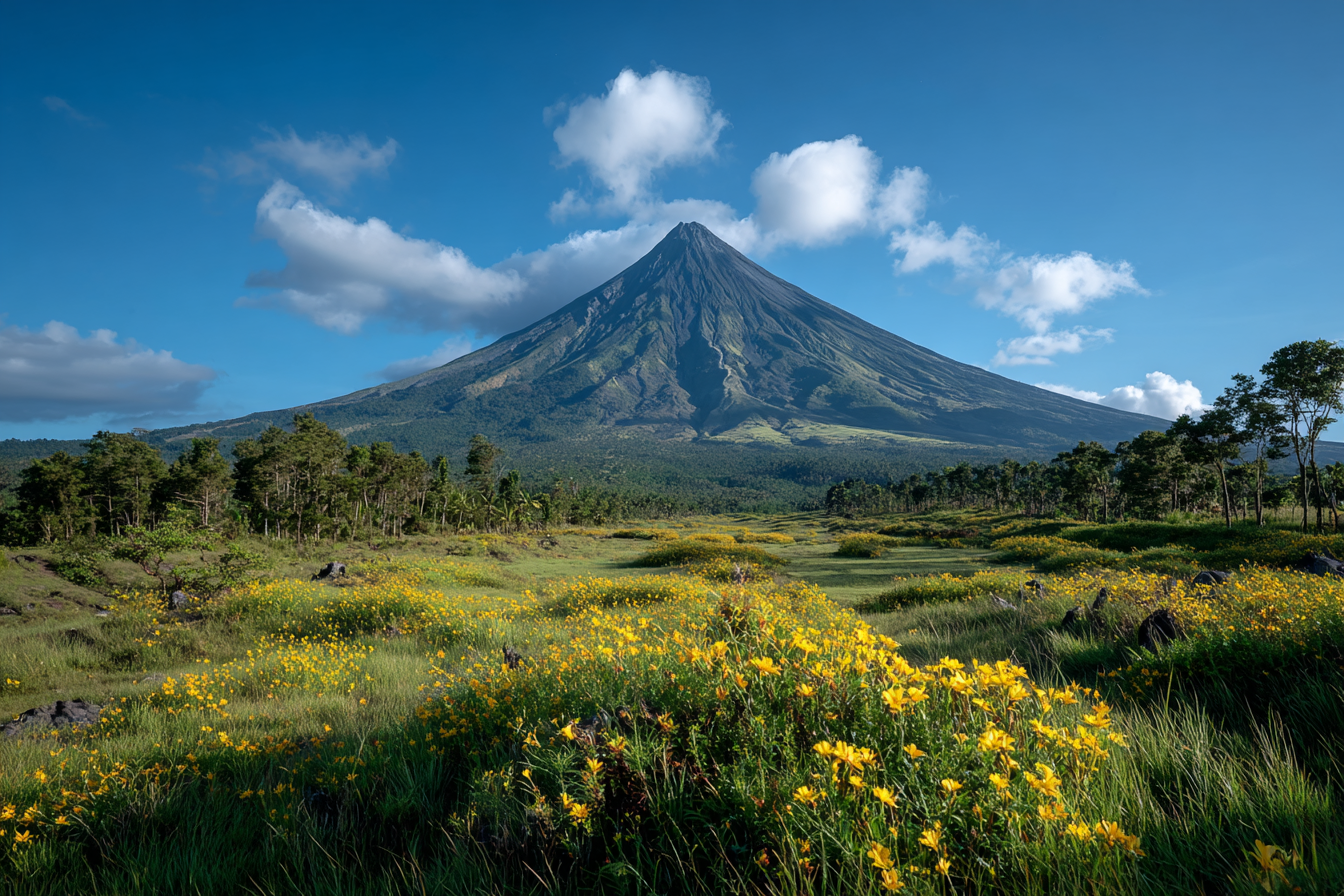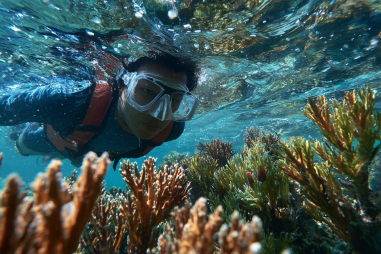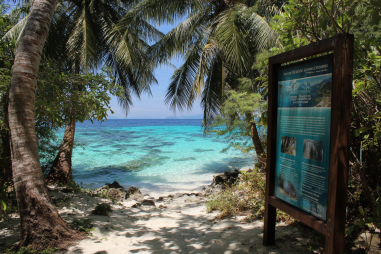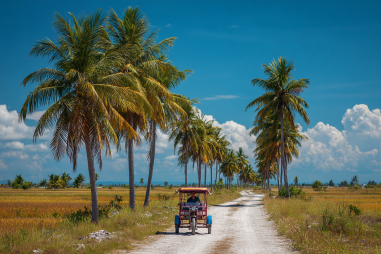Mount Mayon, renowned for its perfectly symmetrical cone, is one of the most iconic landmarks in the Philippines. Whether you’re an avid trekker, a culture enthusiast, or simply someone who appreciates spectacular natural beauty, timing your visit to this active volcano can significantly enhance your experience. From understanding the local climate to catching exciting festivals, and staying safe during volcanic activity, knowing the best time to visit Mount Mayon is essential. Let’s explore the ideal travel windows that combine pleasant weather, cultural richness, and safety for your unforgettable trip to Mayon Volcano.
Understanding Mount Mayon’s Climate
Mount Mayon is located in the Bicol region of the Philippines, an area characterized by a tropical climate with distinct wet and dry seasons. The weather in this region can be highly variable, influenced by monsoon patterns and occasional typhoons. Typically, the dry season spans from late November through early May, bringing sunnier skies and less rainfall. Conversely, the wet season usually runs from June to November, marked by frequent rain and increased humidity.
This climatic cycle affects trekking conditions, visibility, and even local festivities, so having a clear grasp of Mount Mayon’s weather patterns helps set realistic expectations for your visit. The dry months offer more stable weather, which is favorable for outdoor activities and scenic views. Meanwhile, the wet season showcases lush greenery and fewer tourists, but also comes with the risk of heavy downpours and trail difficulties.
Dry vs. Wet Season: Pros and Cons
Dry Season (November to May)
- Pros: Clear skies offer breathtaking views of Mayon’s symmetrical cone. Trails are less muddy and more accessible for hiking and climbing. Festivals are at their peak during this period, adding vibrant cultural experiences to your trip. The weather is generally hot and pleasant, perfect for beach trips around the nearby coastal towns.
- Cons: Because it is peak tourist season, popular spots can get crowded. Accommodation prices tend to be higher. The dry heat can sometimes become intense, especially in March to May.
Wet Season (June to November)
- Pros: The landscape bursts into verdant green, providing picture-perfect scenery distinct from the dry months. There are fewer tourists, so you can enjoy a more peaceful experience. Some local events celebrate the rainy season’s bounty, offering unique cultural celebrations.
- Cons: Heavy rains can lead to slippery trails and limited visibility of the volcano. Occasional typhoons disrupt travel plans and may lead to temporary closures of trekking routes. Mosquitoes and other insects are more active, requiring extra preparation.
Volcano Activity Patterns by Season
Mount Mayon is an active volcano and its activity is monitored closely by the Philippine Institute of Volcanology and Seismology (PHIVOLCS). Though volcanic eruptions can happen at any time of year, there isn’t a fixed seasonal pattern directly linked to its eruptions. However, some past eruptions have occurred during the wet months, which increases the risk of lahars (volcanic mudflows) and landslides due to heavy rainfall mixing with volcanic debris.
Travelers should always check the current alert status before planning their trip. Typically, when Mayon is at Alert Level 1 or 0, visitation and hiking are permitted with precautions. When the level increases, certain areas may be restricted or off-limits entirely for safety reasons, especially near the crater and popular hiking paths.
Because weather and volcanic activity can both affect safety, the dry season is generally seen as the safest and most reliable period to visit. However, even then, always stay updated on monitoring reports and heed local advice.
Festivals and Events Around Mount Mayon
Another important aspect of timing your visit is to experience the rich cultural calendar of the Bicol region, particularly those festivities held in the shadow of Mount Mayon.
- Mayon Volcano Festival (February): This vibrant celebration lasts for about a week and includes street dancing, culinary fairs, and indigenous art exhibitions. It honors the volcano and local heritage, making it a fantastic time to visit if you enjoy cultural immersion.
- Albay Day (December 25 – 30): This regional holiday celebrates the province of Albay with a variety of fairs and religious events. It encapsulates the warmth of Bicolanos and often features spectacular fireworks against the backdrop of Mayon.
Attending these festivals can add color and excitement to your itinerary. Just keep in mind that during these peak cultural events, local accommodations can fill up quickly.
Tourist Crowd Expectations
If you want to avoid crowds, the best strategy is to steer clear of the dry season months surrounding these festivals or major holidays such as Christmas and New Year. From December to May, tourist influx increases substantially as both domestic and international travelers flock to the area to enjoy sunny weather and clear views. The wet season, on the other hand, sees fewer visitors, which might appeal to travelers looking for a quieter, more contemplative experience.
Peak times also impact availability of guides, transportation, and prices, so plan accordingly if you wish to travel in high season.
Packing Tips for Your Mount Mayon Trip
For Dry Season Travelers:
- Light, breathable clothing to handle the heat
- Strong sunscreen and hats for sun protection
- Good hiking shoes for trekking on dry terrain
- Reusable water bottles to stay hydrated
- Camera or smartphone for capturing the spectacular daylight views
For Wet Season Travelers:
- Waterproof jackets or ponchos and quick-dry clothes
- Sturdy, waterproof hiking footwear with good grip
- Insect repellent to ward off bugs
- Ziplock bags or waterproof cases for your electronics
- Umbrella and possibly extra towels or clothes due to damp conditions
Regardless of the season, always carry some cash, a map, and emergency contact information, especially if you intend to hike or explore more remote areas.
Finding Your Perfect Travel Window
Deciding the best time to visit Mount Mayon depends on your priorities. If you’re seeking dry weather, clear views, and festival fun, plan your trip between February and May. This timeframe provides the best balance between weather and cultural vibrancy but be ready for larger crowds and higher prices.
If you prefer fewer travelers, greener landscapes, and don’t mind a bit of rain, the wet season from June to November offers a serene and lush setting with unique local experiences. Just be mindful of variable weather and potential volcanic activity warnings during these months.
Above all, always check for the latest volcanic activity updates and local advisories before heading out. With the right timing and preparation, your trip to Mount Mayon can be both safe and spectacular, allowing you to enjoy one of the most stunning natural wonders the Philippines has to offer.







